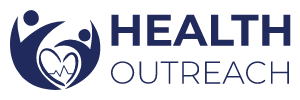
Applications for Participation in “Guatemala 2026” are Now Open.
Health Outreach is pleased to commence accepting applications to “Guatemala 2026”. This humanitarian mission is a two-week project in January & February 2026 with two teams carrying out one-week operations in two outlying communities in Guatemala.
Project dates are Friday January 23, 2026 to Sunday February 1, 2026 & Friday January 30, 2026 to Sunday February 8, 2026.
The Guatemala 2026 Project Fee will remain the same as last year at $2100 for one week.
Applicant Requirements:
- The applicant must be member of Health Outreach in good standing.
- The applicant should be referred by a past Project Volunteer or current member of HO.
Application Instructions:
- Click here to carefully read INFORMATION SESSION NOTES – General and Travel Information for “Guatemala 2026”
- Click here to complete the Project Volunteer Application Form. Please submit a resume if you have never been a Project Volunteer (Applications open from May 31, 2025 – June 21, 2025)
- Visit Health Outreach for more information.
Thank You for your interest.
Lucie Nadeau,
Recruitment Committee, Health Outreach
Lucie@healthoutreach.ca


I recently returned from my third trip to Guatemala, assisting incredible team in providing free dental care to children with advanced needs in remote communities.
This year, our team of 19 is proud to report a record-breaking achievement — 727 children treated in just five days! Together we completed 559 restorations, 424 extractions, and 291 preventative procedures.
I was introduced to this life-changing opportunity through my employer, Dr. Mark Cornelious, who has participated in eight mission trips. His dental school classmate, Dr. Tim Lee, found our charity, Health Outreach. It is a Toronto-based, volunteer- driven, non-denominational non-profit dedicated to delivering essential healthcare to impoverished communities in developing countries. All costs are self-funded, and every volunteer plays vital role in making these missions possible.
My first trip was the most mentally exhausting; it took time to process the circumstances we were working in. Extracting firs molars on children, sometimes before they had even fully erupted, was a difficult reality to accept. The physical demand is also intense — long, hot days filled with an urgency to help as many children as possible.
Returning home, I find a new appreciation for the everyday comforts of our clinics, adjustable chairs, cushioned rolling stools, X-rays, and reliable suction that doesn’t drip if pointed down!
ABOUT GUATEMALA
Guatemala is a mountainous country where one-third of the population resides in cool highland villages. The coastal lowlands are characterized by warm and humid conditions. It shares borders with Mexico, Honduras, El Salvador, and Belize. Three of Guatemala’s 30 volcanoes are still active.
With an estimated population of 17.6 million, Guatemala is the most populous country in Central America, the fourth most populous in North America, and the eleventh most populous in the Americas. Its capital and largest city, Guatemala City, is the most populated city in Central America.
The population of Guatemala is diverse, consisting of various ethnic, cultural, racial, and linguistic groups. According to the 2018 Census, 56% of the population identifies as Ladino, reflecting a mix of Indigenous and European heritage.
Indigenous Guatemalans comprise 43.6% of the national population, one of the highest percentages in Latin America, exceeded only by Peru and Bolivia. Spanish is the country’s sole official language, but twenty- one Mayan languages are also spoken, particularly in rural areas.
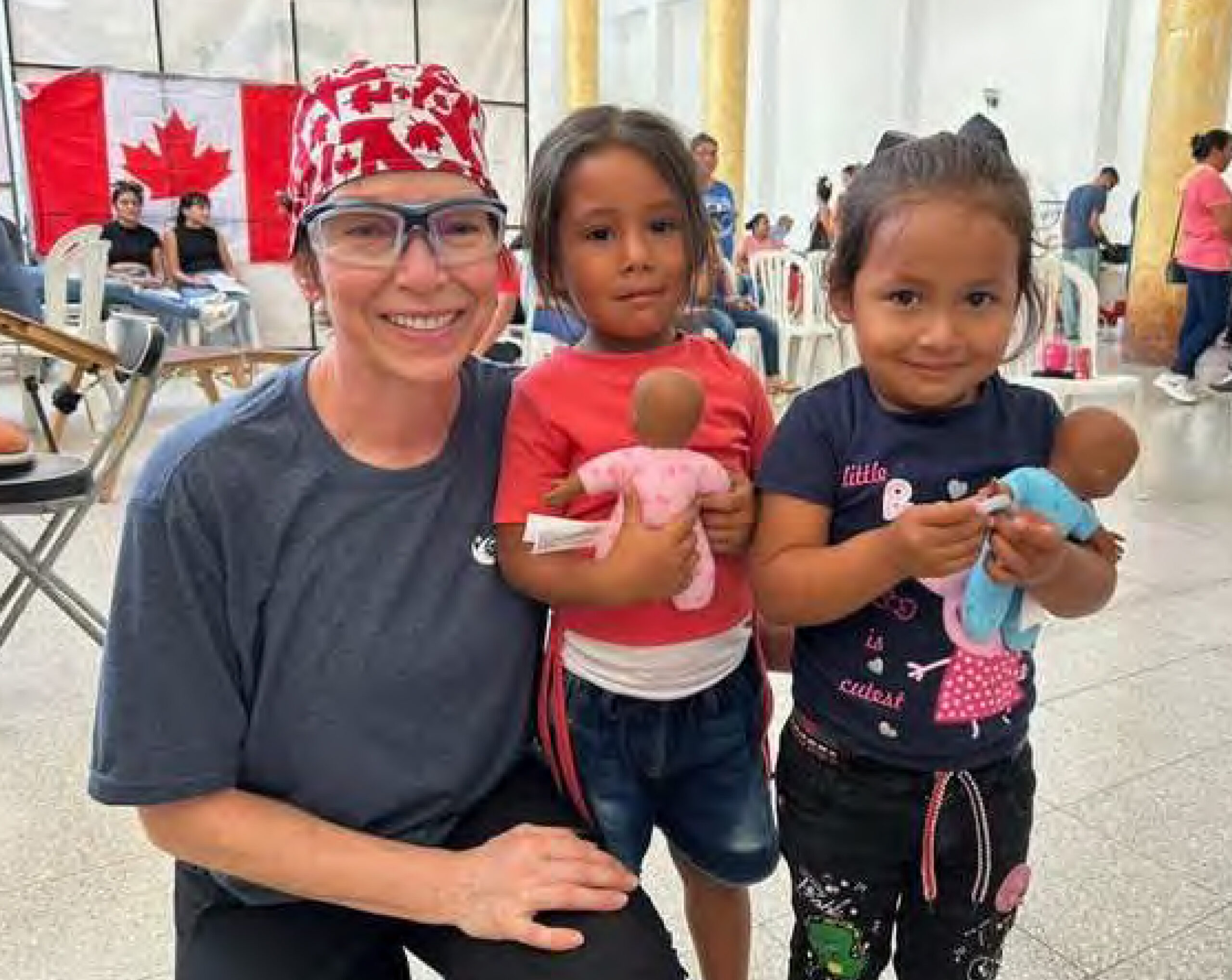
Health Outreach is fortunate to have a local liaison in Guatemala who helps identify the communities most in need while prioritizing volunteer safety. Over the years, we have been able to store essential equipment, chairs, portable units, compressors, generators, instruments, and non-perishable supplies, making each trip more efficient. Every volunteer travels with a checked bag filled with restorative materials, anesthetic, and any necessary sundries.
Communication is always a challenge, and we are grateful for our Spanish- speaking assistants, who are constantly pulled aside to explain procedures or comfort anxious children. Despite my best efforts with Duolingo, nothing quite prepares me for the real thing! Dr. Cornelious and I have mastered a few key phrases “Abra la boca” (open your mouth), “Cierre su boca” (close your mouth), “Mucho agua” (a lot of water) and, of course, endless “Muy bien!” (very good) for encouragement.
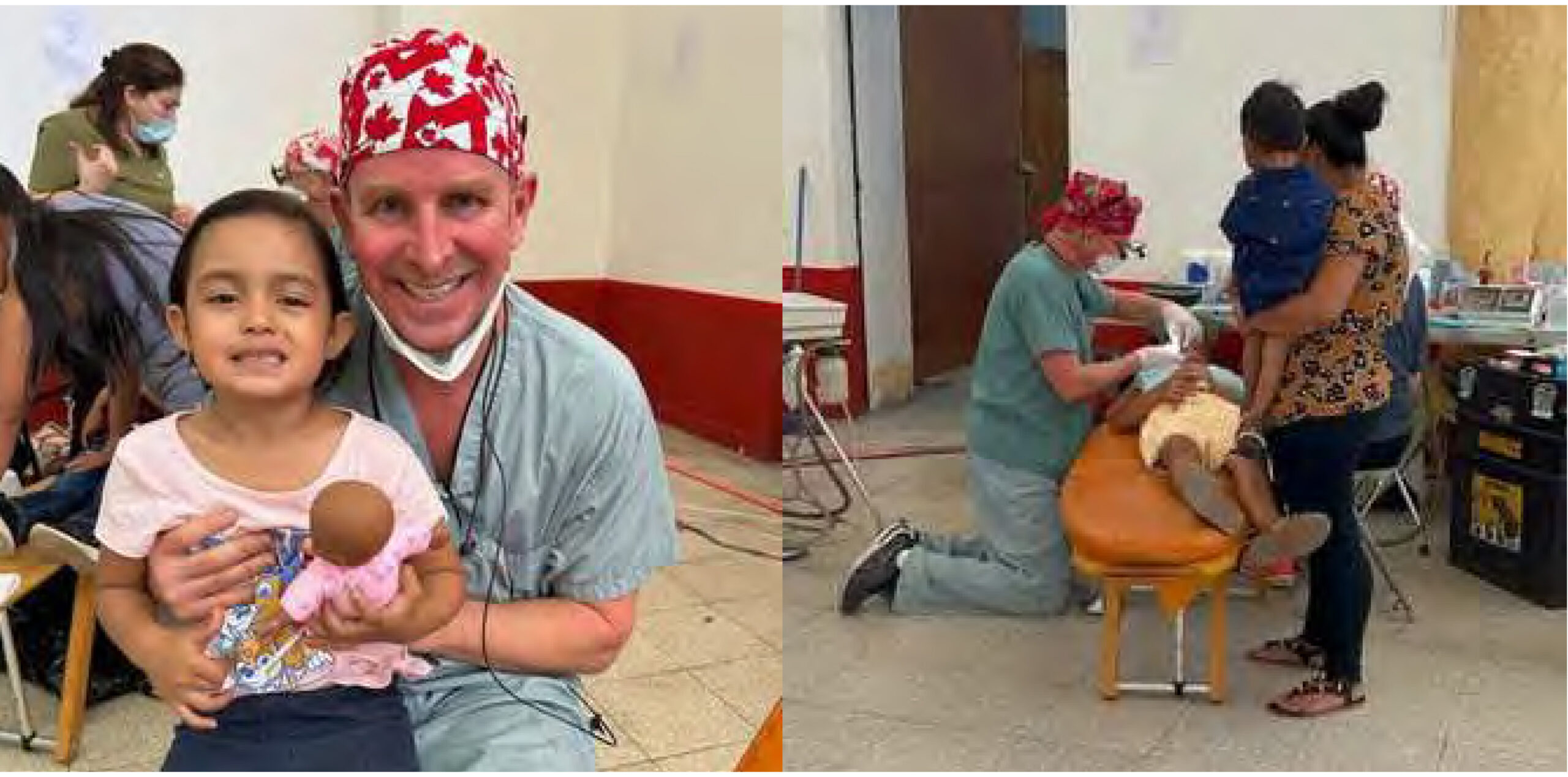

Our days start early, arriving at the clinic before 8 AM to find families already lined up. Local volunteers assist in filling out medical history forms, which children keep with them throughout treatment. Triage dentists assess their pain and infection levels to determine treatment.
What we call a typical Guatemalan quadrant often involves restoring a first molar while extracting severely decayed primary teeth. Once anesthesia is administered and documented, children wait their turn with one of six operators. Some young ladies received anterior endodontic treatments, followed by restorations, and every child left with a toothbrush and a small toy.
Instrument processing is a crucial part of our work. Unlike the advanced sterilization systems in Canadian clinics, our setup in Guatemala is much simpler. Still, every instrument is cleaned, sterilized, and organized to keep us working efficiently.
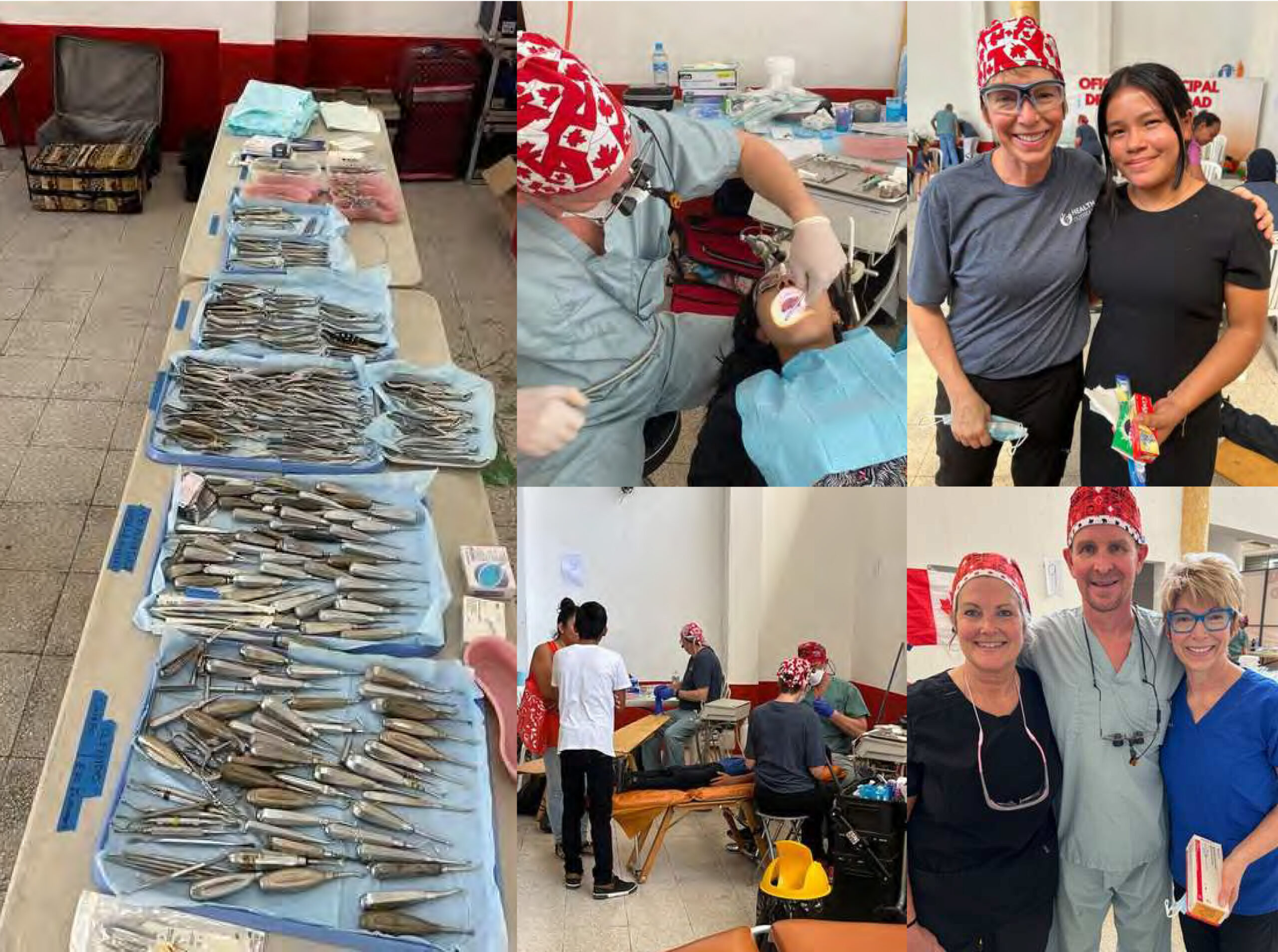
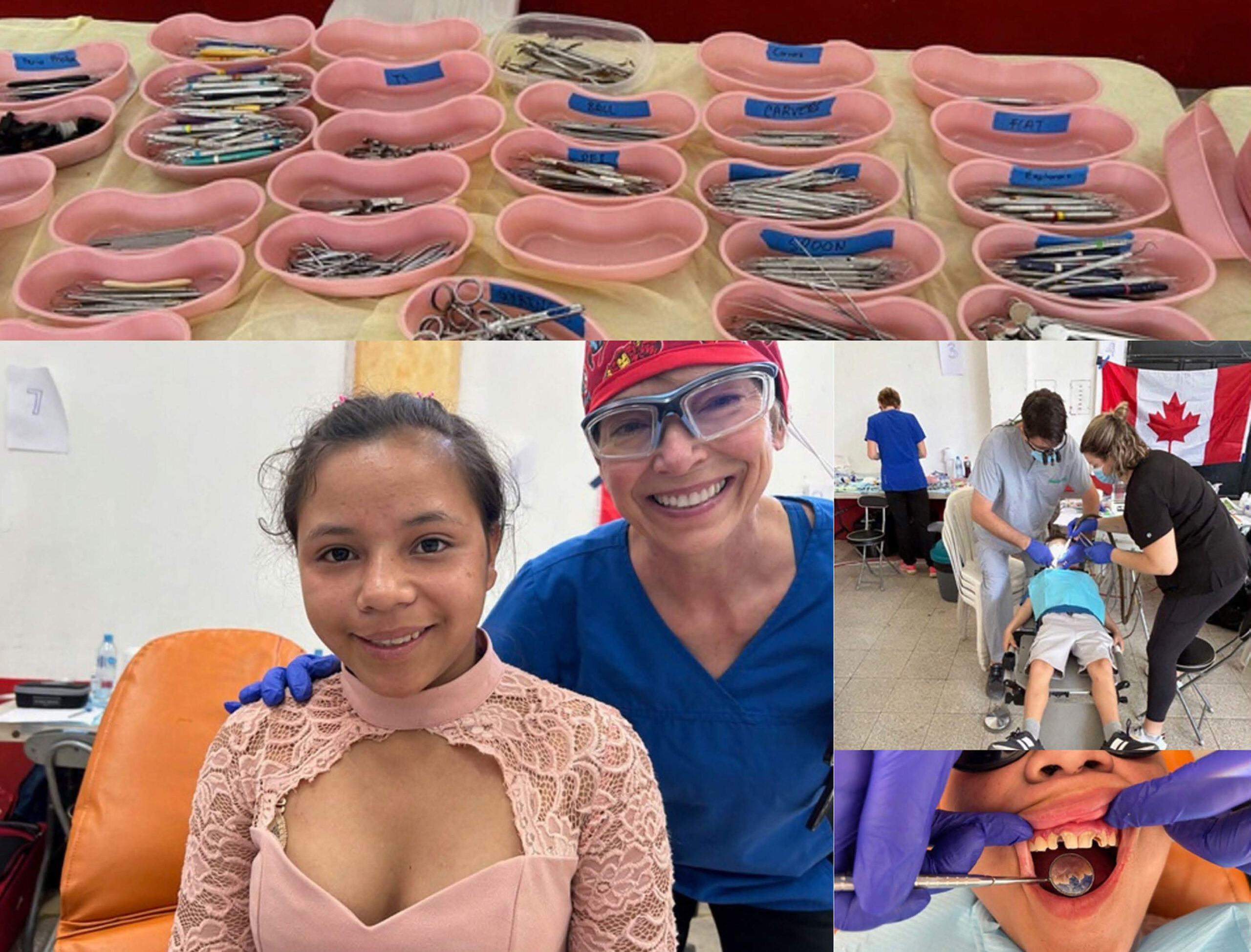
We have been told that in these remote communities, it is not uncommon for a child to die from a dental abscess. The families here have little to no access to dental care, and their gratitude is overwhelming.
The need is immense, yet what we provide is so simple. I am already looking forward to my next trip with this amazing team; it truly fills my cup.
About the author: Bonnie McPhail is a Certified Dental Assistant (CDA II) and has been a member of the ODAA since 1993. She is based in Sarnia, Ontario and has participated in three Health Outreach-organized trips in 2023, 2024, and 2025.
Photos included in this article were submitted by the author or accessed from Health Outreach’s Facebook page.
ABOUT HEALTH OUTREACH
Health Outreach is a not-for-profit charitable organization dedicated to providing health services, including public health, to impoverished people in remote areas of developing countries with the goal of enhancing lives. Their outreach projects operate for one-week or two-week periods in January and February of each year. In 2025, they ran outreach projects in Guatemala and Honduras. Visit their website to learn more: healthoutreach.world


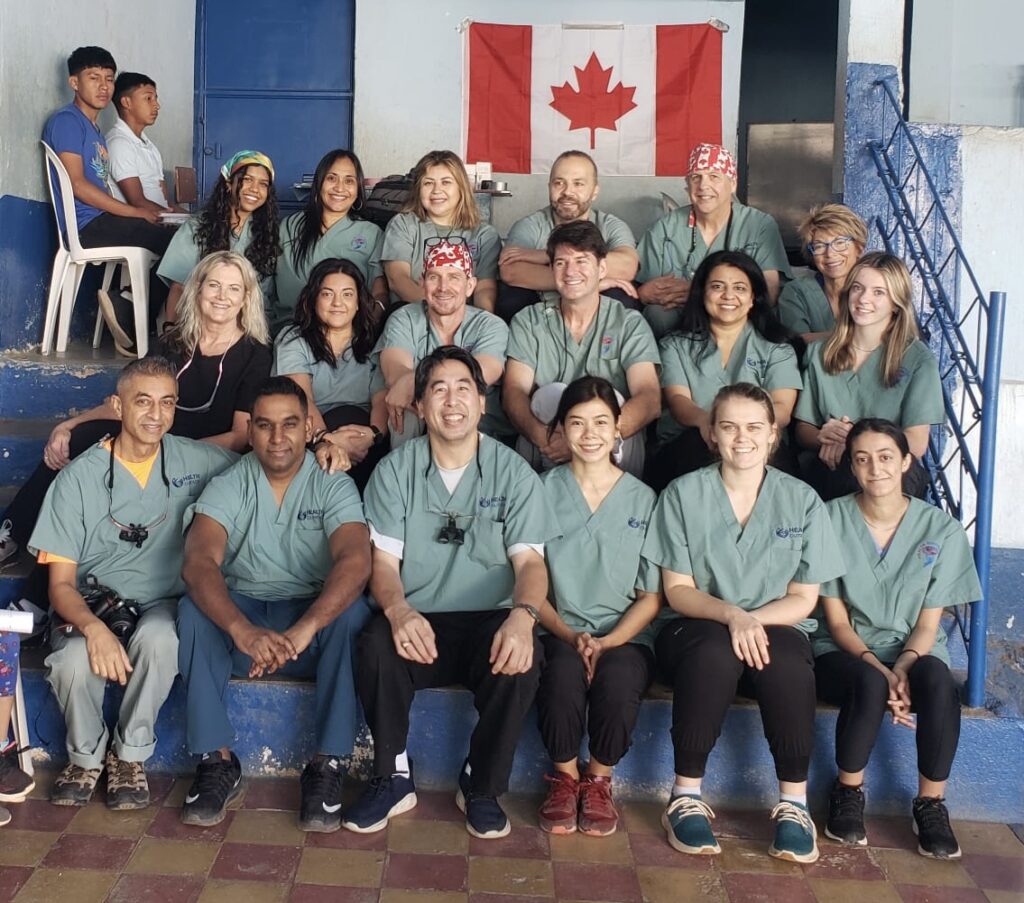
“Guatemala 2024- Rio Dulce“ is officially over. Nearly a thousand dental and medical patients were seen in eight communities during the week. On behalf of Team Ro Dulce, thank you for your support.
